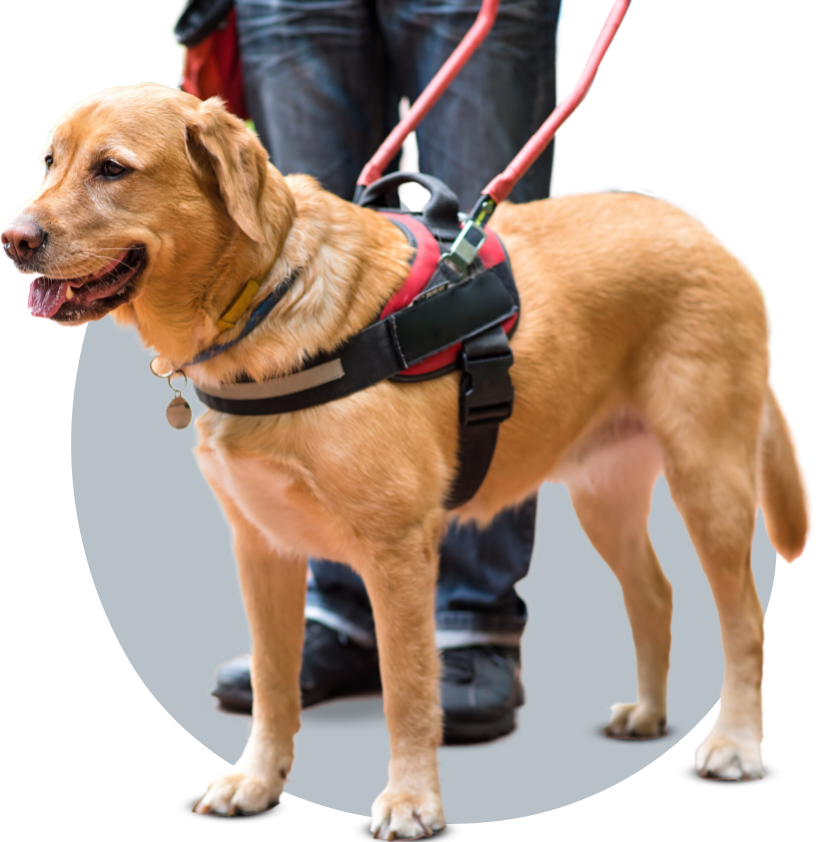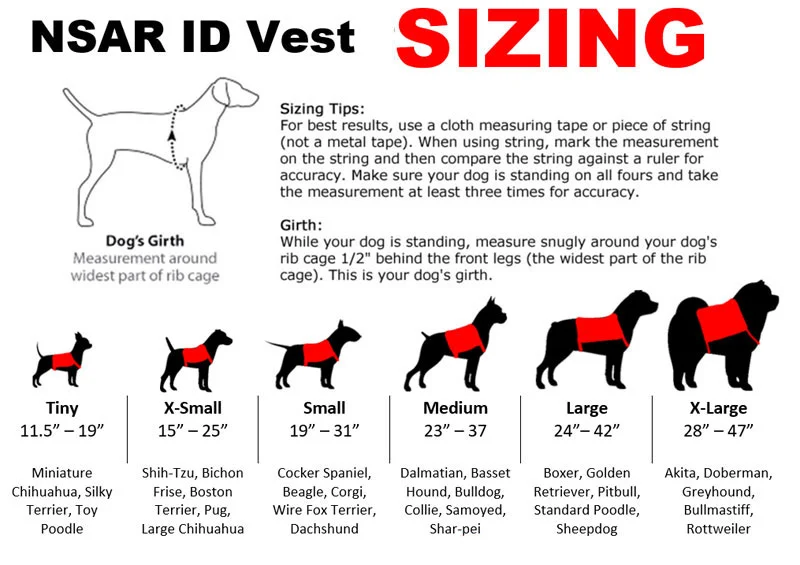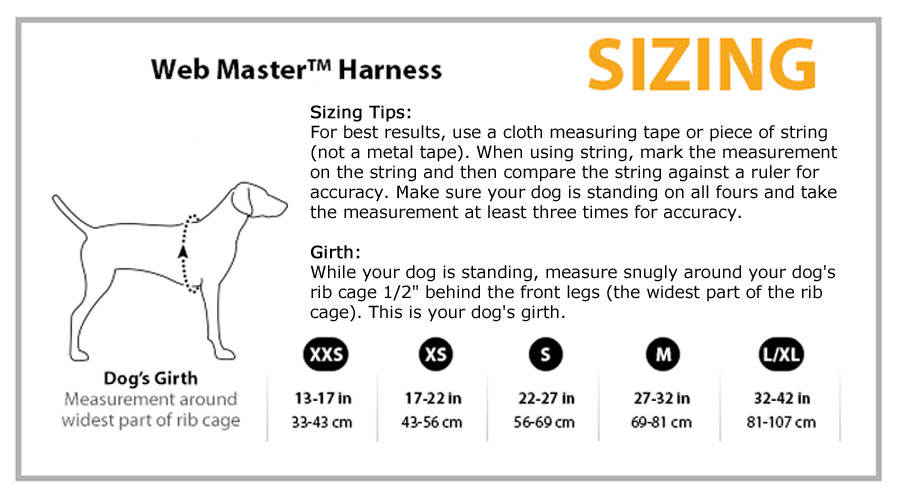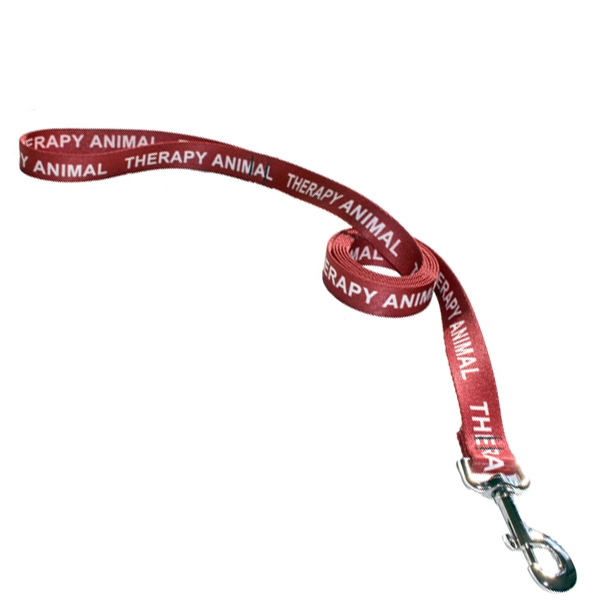The Emotional Benefits of Caring for a Service Dog

Caring for a service dog is a transformative experience that extends far beyond companionship. These dedicated animals provide emotional support, enhance daily life, and improve mental well-being for their handlers. Whether assisting individuals with disabilities, aiding veterans with PTSD, or providing comfort to those with anxiety and depression, service dogs offer profound emotional benefits that foster resilience, independence, and happiness.
This article explores the emotional advantages of having a service dog, supported by expert insights, scientific research, and real-life testimonials. By the end, you’ll understand how service dogs can positively impact mental health and overall quality of life.
1. The Connection Between Service Dogs and Mental Health
Providing Comfort and Reducing Anxiety
Service dogs are trained to recognize emotional distress and respond accordingly. They provide deep-pressure therapy, encourage grounding techniques, and offer a calming presence, reducing symptoms of anxiety and panic disorders.
- Studies show that interactions with dogs increase oxytocin levels, the hormone responsible for bonding and reducing stress.
- The rhythmic act of petting a dog can lower cortisol (the stress hormone) and promote relaxation.
Enhancing Emotional Stability
Many individuals with PTSD, depression, or other mental health challenges experience emotional instability. Service dogs help regulate emotions by providing structure, routine, and an unwavering source of support.
- A study published in Frontiers in Psychology found that service dogs significantly improve emotional regulation in individuals with PTSD.
- Their presence reduces hypervigilance, fear responses, and emotional numbness.
2. The Role of Service Dogs in Building Confidence and Independence
Boosting Self-Esteem
Caring for a service dog instills a sense of purpose and responsibility. Completing training exercises, daily care routines, and public interactions fosters confidence in handlers.
- Handlers often report an increase in social interactions, reducing feelings of isolation and loneliness.
- The presence of a service dog can serve as a bridge for conversation and connection with others.
Encouraging Physical Activity and Routine
Service dogs require regular exercise and engagement, encouraging their handlers to maintain an active lifestyle. This contributes to overall well-being and reduces symptoms of depression.
- Daily walks and playtime release endorphins, which help combat depression and anxiety.
- The responsibility of caring for a service dog establishes a routine, which is essential for mental health stability.
3. Service Dogs as a Source of Unconditional Love and Support
Strengthening Emotional Bonds
Unlike human relationships, the bond between a service dog and its handler is free of judgment or conditions. This unwavering support system can be particularly beneficial for individuals with trust issues or past trauma.
- Studies show that dogs can recognize human emotions and respond with affection and comfort.
- The companionship of a service dog can alleviate loneliness and provide a sense of belonging.
Reducing Social Anxiety
For individuals who struggle with social anxiety, service dogs act as a grounding presence in social settings, making interactions more manageable and less overwhelming.
- A study by the Human-Animal Bond Research Institute (HABRI) found that 74% of pet owners reported mental health improvements due to pet companionship.
- Service dogs can help handlers navigate public spaces, reducing fear and hesitation.

4. Frequently Asked Questions (FAQs)
How do service dogs help with emotional regulation?
Service dogs use grounding techniques, tactile stimulation, and task-based interventions to help their handlers manage emotions effectively.
Can anyone get a service dog for emotional support?
Yes, however, service dogs are specifically trained to aid an individual with their disability, unlike emotional support animals (ESAs). Emotional support animals (ESAs) provide comfort but do not have the same legal protections or training as service dogs.
What’s the difference between a service dog and an emotional support animal (ESA)?
- Service dogs are trained to perform specific tasks for individuals with disabilities.
- ESAs provide emotional comfort but do not have public access rights under the ADA.
How do I qualify for a service dog?
To qualify, you only need to meet two requirements:
- Have a documented disability – recognized by the Americans with Disabilities Act (ADA).
- The dog must be trained to aid you with a major life task related to your disability.
To qualify for housing, if your disability is not apparent (cannot be seen by looking at you), your landlord may require a letter from a licensed mental health professional and/or doctor prescribing the letter to you.
Final Thoughts
Caring for a service dog is a life-changing experience that offers emotional stability, companionship, and an improved sense of well-being. Whether you’re considering a service dog for yourself or a loved one, understanding their emotional benefits is essential.
If you’re interested in learning more about service dogs, obtaining an ESA letter, or exploring related services, visit our website today. Let us help you navigate the path to emotional well-being with the support of a service animal.
















































































